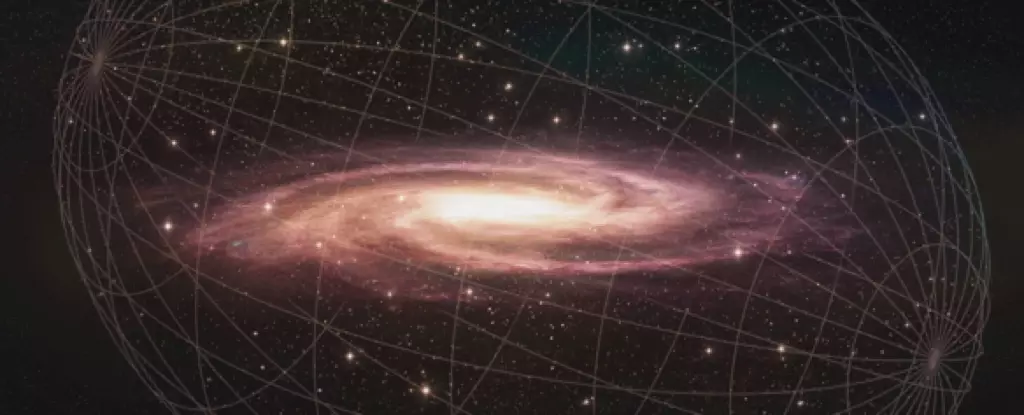The recent identification of two new dwarf galaxies, Virgo III and Sextans II, has left astronomers puzzled. Instead of solving the mystery of the missing dwarf galaxies surrounding the Milky Way, these discoveries have only deepened the confusion. With a total of nine satellites found in a region of space already teeming with dwarf galaxies, researchers are facing a conundrum known as the “too many satellites” problem.
Dark matter, a mysterious and invisible substance that influences the gravitational forces in the Universe, plays a crucial role in the formation and behavior of galaxies. The Milky Way, like many other galaxies, is believed to be enveloped in dark matter, which affects its rotation speed and ability to attract smaller satellite galaxies. However, the number of dwarf galaxies orbiting the Milky Way falls short of what dark matter models predict.
Based on current models, the Milky Way should have a significantly higher number of dwarf galaxy satellites than what has been observed so far. The discovery of Virgo III and Sextans II in a region already exceeding the predicted number of satellites adds to the mystery. Efforts to revise models or exclude certain factors have not resolved the discrepancy, indicating a fundamental flaw in our understanding of the distribution of dwarf galaxies in the Universe.
To address the “too many satellites” problem, astronomers are leveraging advanced telescopes and observational techniques to explore different regions of the sky. By studying data from the Hyper Suprime-Cam (HSC) Subaru Strategic Program (SSP), researchers hope to uncover more dwarf galaxies and refine existing dark matter models. The upcoming Vera C. Rubin Observatory in Chile is slated to provide a broader view of the cosmos, offering new insights into the distribution of dwarf galaxies around the Milky Way.
As the quest to unlock the secrets of the Universe continues, astronomers remain committed to unraveling the enigma of dwarf galaxies. By challenging existing theories and exploring uncharted territories of space, scientists aim to shed light on the mysteries that surround our cosmic neighborhood. The “too many satellites” problem serves as a reminder of the complexities and unknowns that lie beyond the boundaries of our current scientific understanding.
The discovery of Virgo III and Sextans II opens up new avenues for research and investigation in the field of astronomy. While initially posing a puzzling dilemma, these findings provide valuable clues that may lead to a breakthrough in our comprehension of the Universe’s intricate workings. By pushing the boundaries of knowledge and exploring the depths of space, we inch closer to uncovering the truth behind the enigmatic dwarf galaxies that dance around the Milky Way.

Leave a Reply